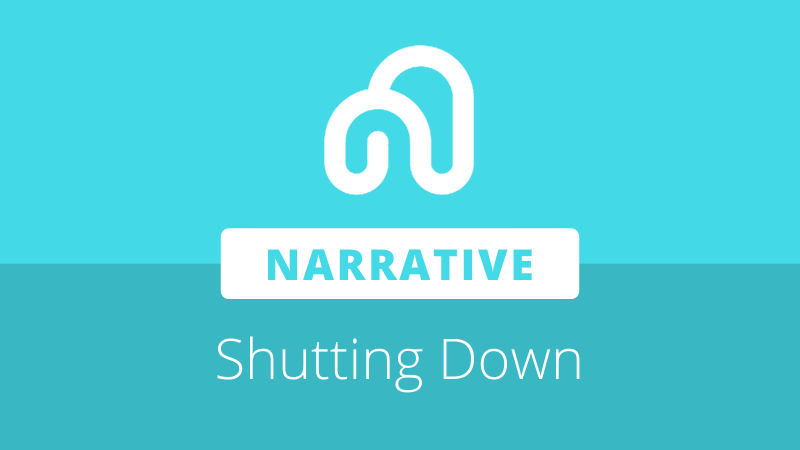
Incognito, a blockchain development team focused on providing privacy features to public blockchains, has announced its plans to collaborate with Neo to bring private transactions to the smart economy.
The solution will take the form of a “trustless privacy bridge” between Neo and an Incognito sidechain, which will allow senders to hide balances, quantities, timestamps, senders, and recipients of transactions.
Duy Huynh, project lead of Incognito, noted:
“We [Neo and Incognito] both agree that the biggest threat facing our increasingly tokenized world is a troubling lack of privacy—and we’re excited to tackle it together.”
How it works
According to its whitepaper, Incognito has developed a Proof-of-Stake powered network that uses a sharded design to improve throughput. One beacon chain is responsible for the coordination of a large number of shard chains, which together produce blocks in parallel. A pBFT-like protocol is used to reach consensus on new blocks.
To provide privacy and anonymity, Incognito implements a data layer with zero-knowledge proofs, ring signatures, stealth addresses, and confidential transactions. These privacy features are based on CryptoNote and Bulletproofs, intended to ensure untraceability with short proofs and no initial trusted setup required.
By running a sidechain parallel to the Neo blockchain, the Incognito team intends to make it easy for users in the Neo ecosystem to transfer NEP-5 tokens and other digital assets from the Neo blockchain to Incognito. These assets can then be sent privately as desired, and can be transferred back across the bridge to the Neo blockchain when needed.
Neo co-founder Da Hongfei also commented on the solution offered by Incognito:
“Privacy and user security are crucial for the next-gen Internet, and we’re delighted to partner with Incognito to deliver enhanced solutions. Our users and developers have always been at our core, and I am confident that this partnership will open up new and exciting possibilities for all.”
Auditability
To ensure that private transactions can still be audited, access can be granted to specific entities through the distribution of a read-only key. These keys allow chosen parties to view wallet balances, similar in principle to the view keys used by the Monero blockchain to allow addresses to be audited.
Read-only keys are hoped to provide flexibility to users, allowing members of the Neo ecosystem to benefit from anonymous transactions whilst maintaining the ability to comply with regulatory bodies, such as for the purposes of taxation.







About The Author: Brett Rhodes
Brett is a blockchain enthusiast and freelance writer who originally began producing content for the gaming & eSports industries. Now he spends most of his time contributing in the Neo ecosystem.
More posts by Brett Rhodes